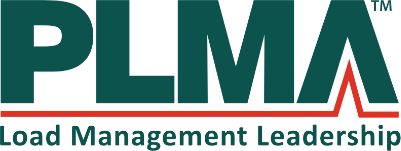Integrated Energy Efficiency and Demand Flexibility: Promoting and Scaling Grid-Interactive Efficient Buildings (GEBs)

Key practitioner perspectives needed...
Project Scope
The project focuses on how utility integrated energy efficiency/demand flexibility programs can promote grid-interactive efficient buildings (GEBs) by investigating successful projects, key learnings, existing business model challenges and regulatory barriers, and case studies.
Project Partners
SEPA is conducting this industry-leading study in partnership with Lawrence Berkeley National Laboratory (Berkeley Lab) and the U.S. Department of Energy’s (DOE) Building Technology Office. What’s Next & How You Can Participate SEPA will convene diverse experts for focus groups and interviews to:
- Identify energy efficiency, demand response, and demand flexibility programs/pilots that may promote GEBs
- Discuss successful projects, key learnings, and existing business model challenges and regulatory barriers
- Explore the future of GEBs including perspectives on the role of the utility, solution providers, and regulators, and ways the industry can promote GEBs
Focus group discussions will be conducted under Chatham House Rule, with anonymized key learnings informing the study’s report to be published in late 2021. Additionally, the study will feature key utility case studies, which will be identified from focus group workshops for further interviews. Focus group participants will have the opportunity to:
- Highlight their successful projects and findings that enable integrated energy efficiency, demand response, and demand flexibility programs,
- Help the electric industry overcome existing business model challenges and regulatory barriers, and
- Build a network to engage in peer-to-peer learning and discussion.
CLICK HERE for more information.
|
